The term probiotic is derived from the Latin preposition pro meaning “for”, and the Greek word biotic which means “life” — thus probiotics, or healthy bacteria, are life-promoting. And based on the official WHO definition, probiotics are “live microorganisms that, when administered in adequate amounts, confer a health benefit on the host.”
Prebiotics come mostly from oligosaccharides (complex carbohydrates that we cannot digest) and act as food for probiotics. In other words, prebiotics help keep probiotics alive.
[hr]
How are probiotics named?
If you’ve ever had a look at a probiotic supplement, you must surely have noticed that they have weird sounding names such as Lactobacillus acidophilus DDS-1. Well, these friendly fellows are named using Latin nomenclature that indicates:
- Their genus – the group of bacteria to which these particular probiotics belong. The most common ones are the lactobacillus and the bifidobacterium.
- The species of the bacteria such as acidophilus.
- A strain designation such as DDS-1.
‘What’s in a name?’ you may wonder. Well, in the probiotics world, knowing the name of the bacteria in a supplement will help you connect that specific organism to published studies. For instance, if the manufacturers of supplement X claim that their product can ‘alleviate diarrhea’, you should expect to see Lactobacillus rhamnosus listed on the package.
[hr]

Do we really need probiotics?
Short answer: YES!
Let me ask you something: why do you think industrialized countries are now plagued with an unprecedented increased incidence of asthma, allergies and various autoimmune diseases? Although more research is warranted, the modern medical thinking that ‘germs cause disease’ has brainwashed most of us into believing that health depends on excessive cleanliness. So we take antibiotics for anything and everything while hand sanitizers are a must for many of us… The irony is that this ‘pursuit of cleanliness’ has actually helped pathogens colonize our guts leading to the various health issues mentioned.
You see, beneficial bacteria act via numerous interrelated mechanisms to promote health at the molecular level. For instance, probiotics:
- Help the body produce vitamins B and K.
- Improve overall gastrointestinal motility and function.
- Ensure optimal digestion and nutrient absorption.
- Improves immune function.
- Hinders the growth of pathogens, bacteria that can cause disease.
- Produce short-chain fatty acids that maintains the health of our guts.
- Help tone down chronic low-grade inflammation that has been linked to a host of chronic diseases.
In other words, if our gut flora is disturbed, the consequences can be tremendous. Check out this article to find out more.
[hr]

Can probiotics make you sick?
Whenever you substantially change your diet or start taking a probiotic supplement, you may experience some mild to pretty awful symptoms – this is known as the Jarisch–Herxheimer reaction which is more commonly referred to as ‘die-off’. This reaction occurs when toxins released by dying pathogens (such as yeasts, parasites, bacteria, viruses and so on) overwhelm your body’s ability to get rid of them. This toxin accumulation can cause some cold-like symptoms such as:
- Fever
- Muscle aches
- Chills
- Headaches
- Skin eruptions and rashes
- Excess mucus production
- Brain fog and lethargy
- Trouble dealing with stress
- Increased gastrointestinal problems (diarrhea, constipation, etc.)
In children, die-off reactions can also present themselves as bedwetting, irritability, tiredness, restlessness and any other symptoms characteristic to your child.
In some susceptible individuals, probiotics may cause bloating and flatulence – these adverse effects are usually mild and subside with continuous use. If you find that these symptoms persist for more than seven days; there may be something wrong with your digestion – ask a physician or dietitian specializing in digestive health for advice. Or you could be reacting to something in the supplement. S. boulardii may cause constipation and increased thirst although these effects are rare.
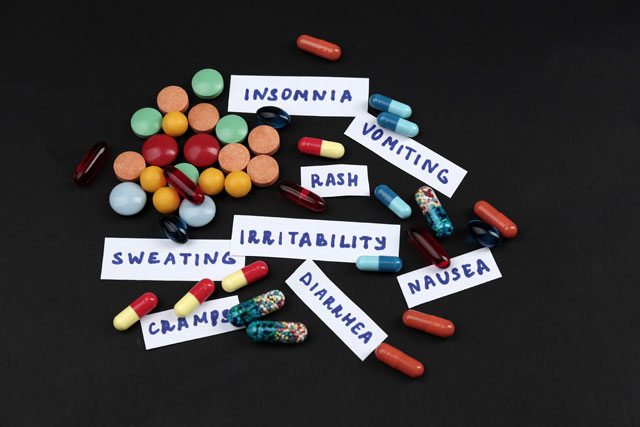
Are there individuals who shouldn’t take probiotics?
The following groups should not take probiotics unless they are under medical supervision:
- Individuals with a compromised immune system.
- Those who are severely ill.
- Premature infants.
- Individuals with small intestinal bacterial overgrowth (SIBO), a form of dysbiosis where the bacteria that are supposed to live in the large intestine migrate up in the small intestine where they do not belong.
- Individuals with cardiac valvular disease (Lactobacillus probiotics may pose a minor health risk amongst patients with this condition).
- Individuals already taking broad-spectrum antibiotics to which the probiotic is resistant.
Notes:
- If you take sulfasalazine, a medication used to treat ulcerative colitis, do not take any supplement containing L.acidophilus without your doctor’s green light. This bacteria can speed up the metabolism of sulfasalazine. The way a drug is metabolized (or converted into active chemical components by the body) will influence its effectiveness and determine if it will be toxic or not.
- Special precautions are required when administering probiotics via a jejunostomy tube as this delivery route bypasses the stomach. This could increase the number of viable probiotic organisms able to reach the intestine and cause severe die-off symptoms.
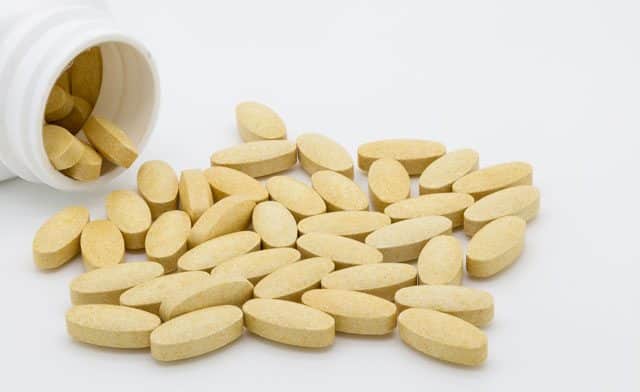
- Although they are immune-compromised, HIV patients could benefit from probiotics. Research suggests that probiotics can improve gastrointestinal and immune functions in this particular group.
In one small study, researchers gave subjects diagnosed with acute pancreatitis either a placebo (the control group) or a probiotic supplement. They found that the probiotics group had more infections than the control group. Moreover, 16% of the patients in the probiotics group died compared with 6% in the placebo.
Now, this doesn’t automatically mean that the probiotics killed these patients – critically ill patients can die of infections from bread yeast! But there is a possibility that the weakened immune system of these patients considered the probiotics as harmful invaders and triggered an attack reaction against them.
[hr]

Besides supplements, where can probiotics be found?
Fermented foods are naturally loaded with probiotics and are a must in any healthy diet. Some of the most beneficial probiotic foods include:
- Kefir, a fermented dairy product
- Sauerkraut, fermented cabbage (or other vegetables)
- Kimchi, the Korean version of sauerkraut
- Coconut kefir
- Natto, Japanese fermented soybeans (provided that it is made traditionally with non-genetically modified soy.)
- Beet and carrot kvass
- Miso
- Kombucha
- Sauerrüben (lacto-fermented turnips)
- Fermented pickles
If you’re planning to buy commercially produced fermented foods, make sure that they haven’t been pasteurized – the pasteurization process does not differentiate between good and bad bacteria. It kills all of them and you’ll be left with a product that has no probiotic properties whatsoever.
[hr]
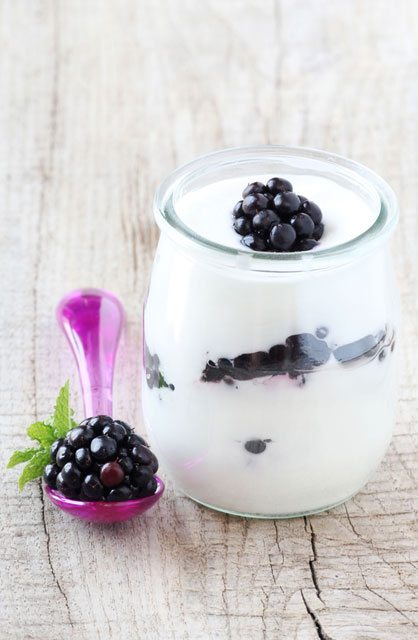
What about yogurt? Doesn’t it contain probiotics?
Although many commercial yogurts claim to be made with active cultures, it is unlikely that you will benefit from these products. That’s because:
- The milk used to make yogurts is usually pasteurized and often contain antibiotics.
- Some yogurt companies pasteurize their product after the cultures are added.
- Adding sweeteners and flavors may reduce the probiotic properties of any live organism still present in the product.
If you really like yogurt (and can tolerate dairy products), why not make your own using raw, grass-fed milk?
[hr]

How to choose the best probiotic supplement
Selecting a probiotic supplement can be overwhelming no thanks to the staggering number of brands available on the market. The following guidelines should make it easier for you to choose the supplement that will better meet your particular needs.
Here are some of the criteria a quality probiotic supplement should meet:
1. The supplement should contain at least the three following bacteria superstars:
- Lactobacillus acidophilus or L.acidophilus – This is the most important strain of the Lactobacillus species and can be naturally found in the mouth, intestine and vagina. These bacteria produce vitamin K and lactase. They also promote nutrient absorption and facilitate the digestion of dairy products.
- Bifidobacterium longum or B.longum – These bacteria are commonly found in the digestive tract of adults where they produce anti-inflammatory substances that protect the gut’s lining. These probiotics keep toxins and pathogens out of the gut.
- Bifidobacterium bifidum or B.bifidum – Found in both the small and the large intestines, these bacteria are necessary for optimal digestion.
If you can find a supplement that also contains two or three other strains (such as Lactobacillus rhamnosus, Lactobacillus bulgaricus, Lactobacillus plantarum, Lactobacillus casei, and Bifidobacterium breve), that would be even better.

2. The expiry date should be clearly stated on the packaging.
For probiotics to improve your health, they need to be alive when you ingest them. While this may sound obvious, keep in mind that if you purchase a product without a stated expiration date, you have no way of knowing if or how many of the healthy bacteria are still alive.
You see, the expiry date of a probiotic product is determined based on formulation and stability tests. It informs you that bacteria in the supplement will remain alive and potent—at the levels indicated on the label—until that specified expiry date.
Note: The term ‘X CFUs at the time of manufacture’ on a probiotic supplement implies that this particular product contained X live cultures when it was produced. This is not the same thing as ‘at the time of consumption’ or ‘before expiration’.
Let’s consider the following scenario: both probiotic supplements A and B were manufactured at the same time in 2014. However, the label on supplement A states that it contained 50 billion CFUs at the time of manufacture whereas that on supplement B states that it contains 50 billion CFUs at the time of consumption, prior to expiration. Now let’s say you buy both product at the same time in 2015, which product do you think would provide you with the most probiotics? You’re right: supplement B would.

3. The bacteria should be protected.
Did you know that:
- Stomach acids kills many of the good bacteria that enter your digestive tract?
- Once they’ve left your stomach, about 80% of the remaining live bacterial cells will die before reaching your intestine?
- Although several probiotic supplements claim to contain billions of active organisms per capsule, many of them actually deliver as little as 15 to 25% of live bacterial cells to your gut?
To ensure that almost all the probiotics reach your intestine alive, choose a product that is microencapsulated. Microencapsulation encloses each fragile live bacteria in a lipid medium to protect them against oxygen, light, stomach acids and bile. What this implies is that this process promotes the survival of our bacterial allies not only on the shelf but through the harsh digestive milieu. In fact, research shows that if probiotics are microencapsulated, practically all of them will survive in the stomach. That’s because the lipid matrix surrounding the bacteria will only begin to dissolve in areas of the intestine where the pH is alkaline pH and not in the acidic environment of the stomach.
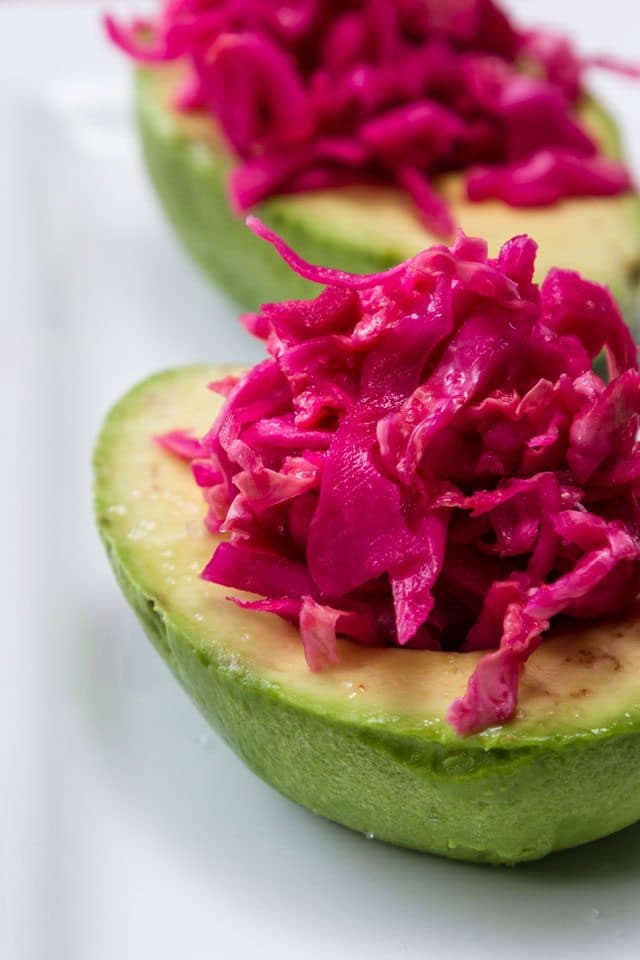
What about enteric coating?
Enteric-coating means that the organisms have been coated with a protective substance which is resilient to gastric acid but will open up in the alkaline areas of the intestines. All good, right? Actually, no. You see, the enteric coating process involves a lot of heat which, as you probably guessed, will destroy our bacterial pals before they even reach the shelf. Plus enteric coating adds unnecessary ingredients to your product not to mention an additional manufacturing cost you’ll have to pay for.
Do you need to check the supplement packaging?
Yes – probiotics are live organisms that can be destroyed by their surroundings. For instance, heat can kill the bacteria while moisture can activate them within the pills where they will die due to lack of nutrients and a proper environment in which to thrive. So look for a product that comes in a thick, opaque bottle that contains a desiccant pouch. You can also select blister packs.
[hr]
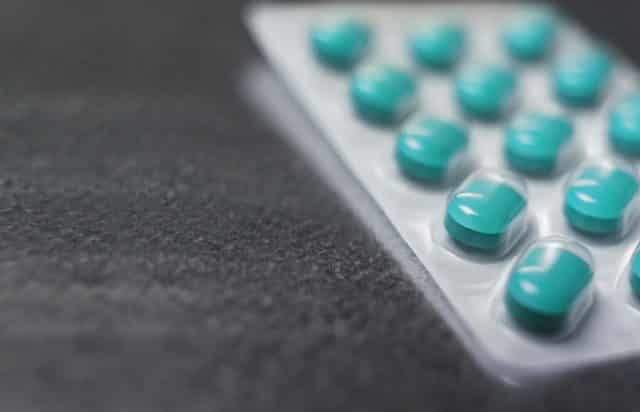
Isn’t it better to take a probiotic supplement with the highest CFU?
The number of viable bacteria present in a supplement is measured by their CFUs or colony-forming units. Many marketers claim that the best probiotic is the one with the highest CFU. However, these are only sales pitches – existing studies indicate that taking various strains of beneficial bacteria may be more beneficial since different bacteria:
- Confer different health benefits.
- Are concentrated in different places along the gut where they play specific roles.
- Work synergistically together to enhance our health.
So, to get the most bang for your buck, select a product that contains various strains instead of focusing only on the number of CFUs. This being said, each capsule should contain at least 2 billion organisms from each strain so that you can reap the health benefits of each strain.
So how many CFUs should you look for in a probiotic?
At least 10 billion CFUs per serving (or 4 billion CFUs if microencapsulated).
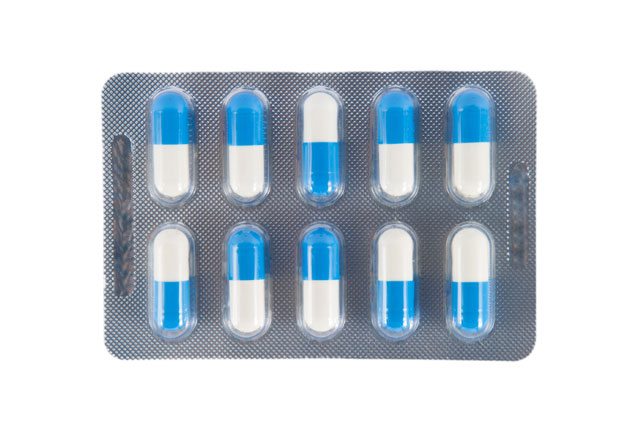
How many CFUs do you need per day?
This depends on your age and whether you need a therapeutic dose or a maintenance one. I typically use the following guidelines in my practice (the lowest and highest doses represent the maintenance and therapeutic doses respectively):
- Infants up to 12 months: 1-2 billion of bacterial cells per day.
- Toddler aged 1 to 2 years: 2-4 billion of bacterial cells per day.
- Children aged 2 to 4 years: 4-8 billion of bacterial cells per day.
- Children aged 4 to 10 years: 8-12 billion of bacterial cells per day.
- Children aged 12 to 16 years: 12-15 billion of bacterial cells per day.
- Adults: 15-20 billion of bacterial cells per day.
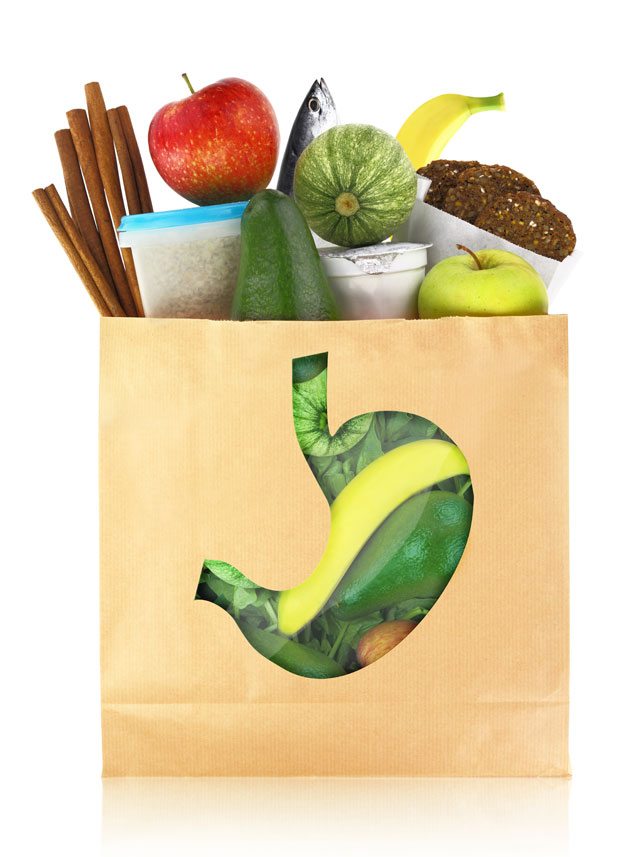
If you’re just starting to take probiotics, it is crucial that you build up the dose very slowly – pay attention to your die-off symptoms. If you don’t experience any symptoms, slowly increase the dose. If you do notice a reaction, continue with this particular dose and wait for the symptoms to disappear. Once they do, increase the dose again and allow your body to settle on this dose. Keep increasing the dose until you reach a therapeutic dose – this can take from a few weeks to a few months in different individuals.
Once you’ve reached the therapeutic dose, maintain this for about six months – this is to give your body enough time to get rid of the pathogens and start colonizing your gut with beneficial organisms.
Example: An adult taking a probiotic supplement with 2 billion CFUs per capsule can start with one capsule per day and gradually increase this to 10 capsules per day (10 capsules X 2 billion CFUs/capsule = 20 billion CFUs/day). That person would then need to maintain this therapeutic dose for six months and then taper down to 7 or 8 capsules per day (the maintenance dose).
[hr]

Do you need to take probiotics every day?
That’s usually not necessary – once you’ve reached the maintenance dose, stay on that dose for two weeks. You can then take 10 billion CFUs twice a week – this is a general recommendation; you need to ‘listen’ to your body. For instance, if you notice some suboptimal changes in your bowel movements when you take probiotics only twice a week, you may benefit from taking probiotics on alternate days instead.
[hr]
Should you take a prebiotic with your probiotics?
Some manufacturers add prebiotics (such as inulin, oligofructose or polydextrose) to their probiotic supplements in order to keep the beneficial bacteria alive and prolong the product’s potency. While this makes sense, I usually advise my clients to simply include various prebiotic foods in their diet so that they can forego the cost of a prebiotic supplement.
There are three main types of prebiotics:
- The non-starch polysaccharides inulin and fructo-oligosaccharides (also known as FOS) found in asparagus, leek, jicama, onions, banana, chicory root, dandelion root and garlic.
- Soluble fiber found in psyllium, flaxseeds, cucumber, celery, carrots, oats, apples, oranges, pears, legumes, beans and nuts.
- Resistant starch found in grains, seeds, legumes, potatoes, green (unripe) bananas, and plantains.

Notes:
- Start with a product that contains only probiotics if you’ve never taken probiotics before or if you have an existing candida overgrowth or other yeast issues. That’s because various species of yeast can feed on inulin and FOS for energy. Plus studies show that inulin and FOS promote the growth of Klebsiella, a bacteria involved in Ankylosing Spondylitis and in increased intestinal permeability (leaky gut).
- Consuming inulin and FOS in their natural form (that is in food that also contains other nutrients) is not the same thing as ingesting inulin and FOS in their extracted, stand-alone form. So eat the foods that naturally contain inulin and FOS instead of relying on refined, super concentrated sources.
[hr]

Do probiotics require refrigeration?
Check the manufacturer’s storage recommendations once you buy a probiotic supplement. If this isn’t mentioned on the label, simply refrigerate the product.
ConsumerLab.com is an impartial 3rd party company that tests a wide range of health and nutrition products. According to this company, ‘proper refrigeration is critical for many probiotics, both before and after they are purchased.’ The company stated that in 2009, 85% of the probiotics they tested contained much fewer organisms than the levels listed probably because of suboptimal shipping and storage conditions. In 2012, only 17% of the products they tested failed to meet the label’s statements – this could probably be associated with improved refrigeration techniques implemented by several manufacturers.
Probiotics that are freeze-dried or come in blister packs do not generally necessitate refrigeration or to be kept out of humidity. However, you still want to avoid exposing them to heat above room temperature. Probiotic yeast and spore-forming bacteria such as Bacillus coagulans also do not usually require refrigeration.

If the label of a probiotic supplement states that it needs to be kept refrigerated, make sure that the retailer has honored this requirement. If you’re purchasing a product from an online retailer, select overnight or refrigerated shipping in order to minimize exposure to excess heat especially during warm seasons. It would also be a good idea for you to arrange delivery at a time you are home so that the delicate bacteria do not wait for you outside in the sun.
Note: Avoid removing a probiotic supplement from its container or blister pack until you’re ready to use it.
[hr]

How and when should you take your probiotic supplement?
Take the probiotics away from food – just before going to bed for instance – this will make it easier for the bacteria to colonize your gut. Plus when you’ve just eaten, your stomach will typically contain more gastric acid. You also do not want to take probiotics at the same time as supplements that contain betain and pepsin.
Should you avoid probiotics when taking antibiotics?
Gastroenterologists actually encourage patients to take high potency probiotics with antibiotics. The rule is to separate the two by 3 to 4 hours. You will also benefit from staying on high potency probiotics for at least 1 month after you’re done with the antibiotics regimen.
[hr]

How can you improve the efficiency of your probiotic supplement?
To keep it simple, stick to a real food diet (one that consists of foods your grandparents would recognize). This is especially important when you’re just starting to take probiotics and have yet to reach the therapeutic dose. That’s because processed foods, sugar and chemical additives like high fructose corn syrup will feed the pathogens and reduce the efficacy of probiotics.
Before buying any probiotic supplement, keep in mind that:
- Probiotics aren’t a miracle drug that will make all your health issues vanish.
- To reap all the potential benefits of probiotics; you need to eat real food.
- Probiotics are a big business right now – it is believed that they could be worth about $45 billion by 2018.




